We may earn money or products from the companies mentioned in this post. This means if you click on the link and purchase the item, I will receive a small commission at no extra cost to you ... you're just helping re-supply our family's travel fund.
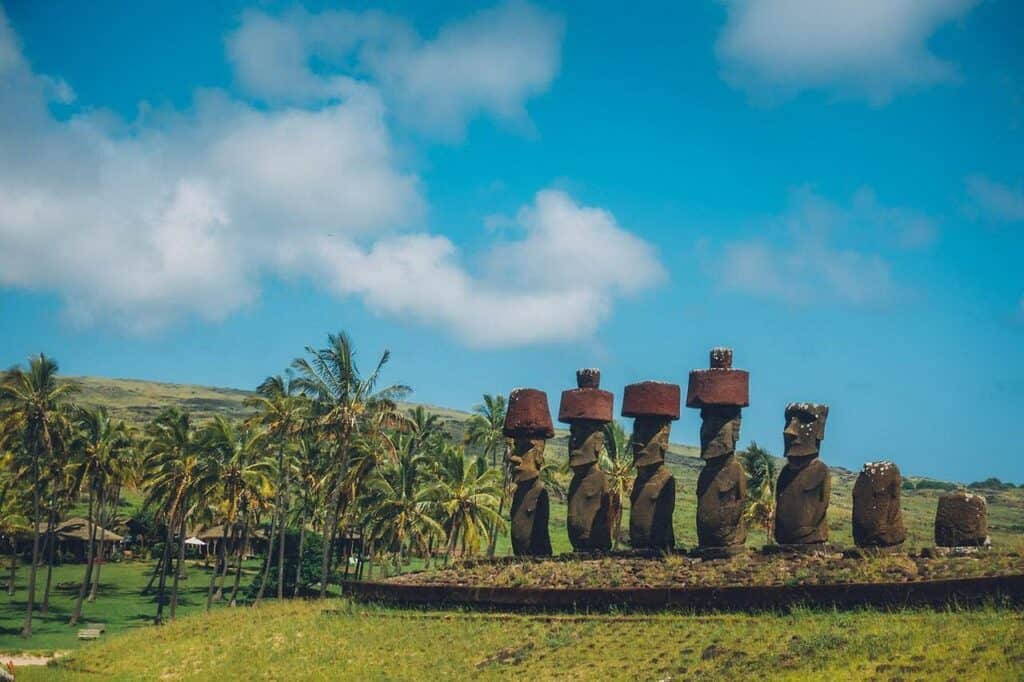
If yearning for peaceful adventure and raw beauty, seek out the planet’s remote islands places untouched by crowds where nature reigns. Explore the icy, wind-lashed Bouvet Island in the South Atlantic, the world’s most isolated land, or the volcanic Tristan da Cunha, whose tight-knit community feels a world away from modern bustle. Unravel history on far-flung Pitcairn Island, lose yourself in the mystique of Easter Island’s moai, or wander the Kerguelen archipelago’s wild Desolation Islands. These distant outposts strip travel to its essential joys: discovery, solitude, and awe.
1. Socotra, Yemen
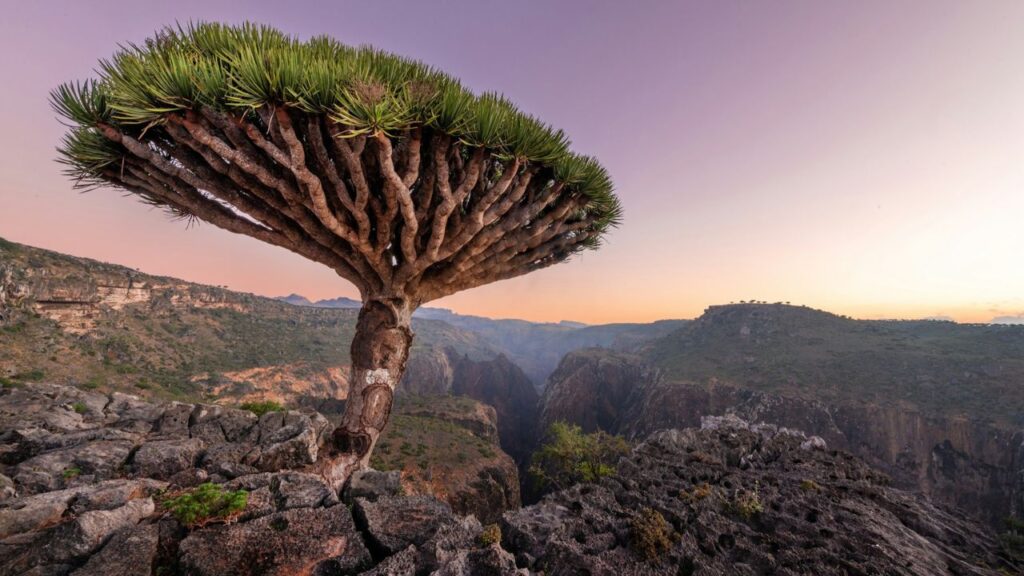
Socotra feels like a scene from another planet. Its twisted dragon’s blood trees and chalk-white dunes make it one of Earth’s most alien landscapes. Located in the Arabian Sea, the island has been largely isolated for millions of years, allowing its unique flora and fauna to evolve untouched. Around one-third of its plant species are found nowhere else. Getting there involves a flight from mainland Yemen or the UAE, but the payoff is a world that still feels wild, where biodiversity thrives without tourist crowds.
2. Pitcairn Island, Pacific Ocean
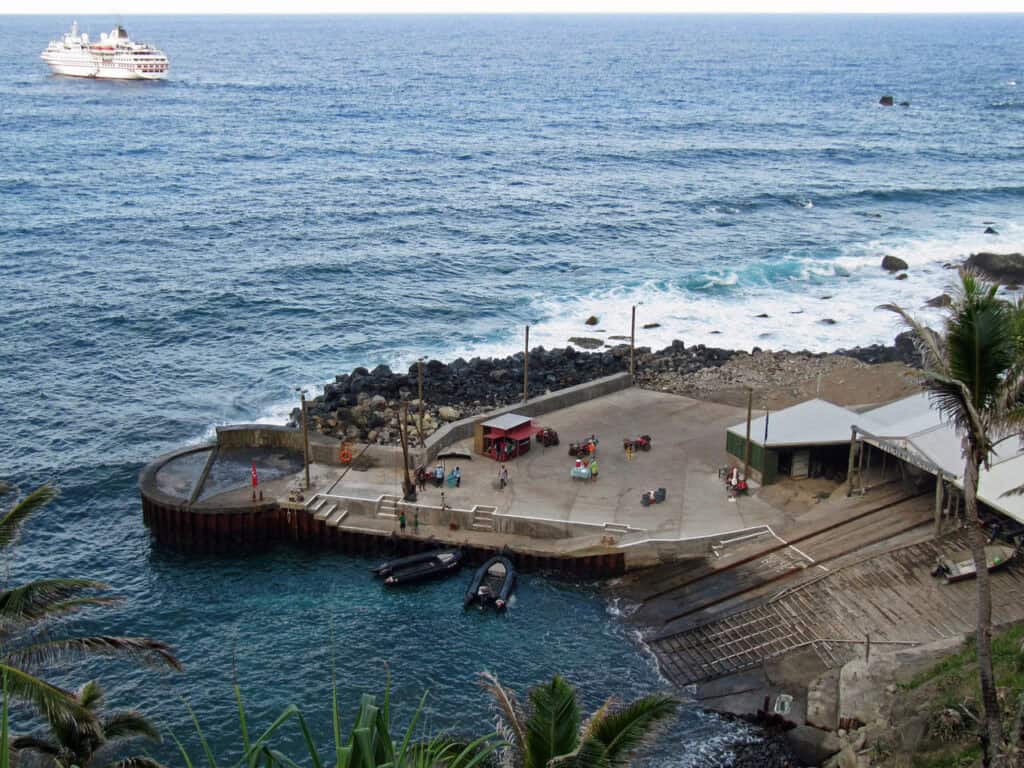
Home to fewer than 50 residents, Pitcairn Island is one of the most isolated communities on the planet. The descendants of the HMS Bounty mutineers still live here, surrounded by steep cliffs and the endless Pacific. There’s no airport, only a cargo ship that visits a few times a year. Visitors are welcomed into local homes and share stories over communal dinners. It’s slow living at its truest form a rare chance to experience human connection in one of the loneliest corners of the world.
3. Svalbard, Norway
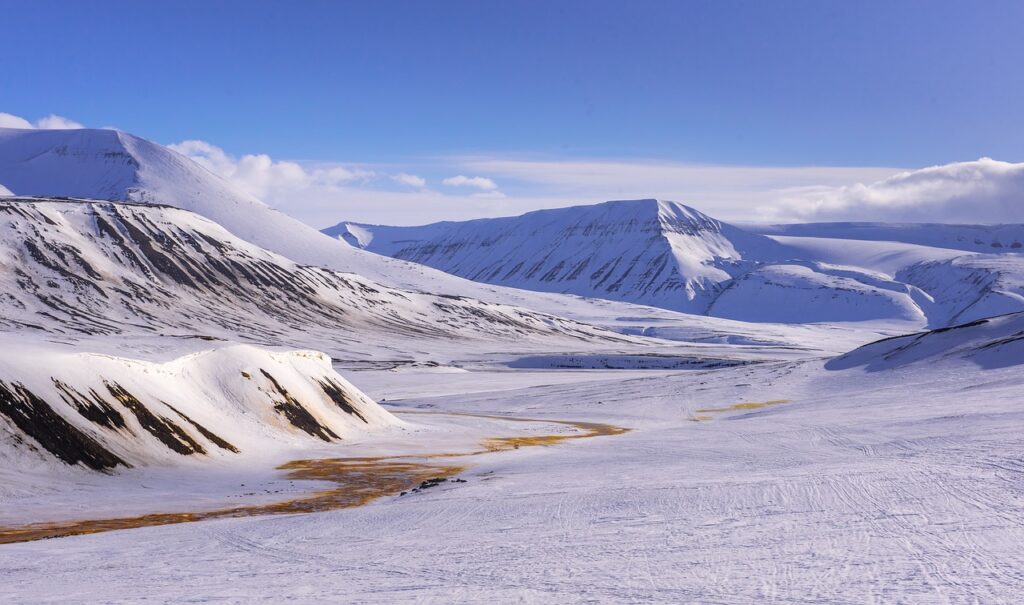
Svalbard isn’t tropical, but it’s unforgettable. This Arctic archipelago sits between mainland Norway and the North Pole. You’ll find glaciers, polar bears, and a light so pure it feels unearthly. There’s a small community in Longyearbyen, where people coexist with nature under months of polar night and endless day. It’s remote, harsh, and hauntingly beautiful a place where you truly feel the scale of the planet and your tiny place within it.
4. Tristan da Cunha, South Atlantic
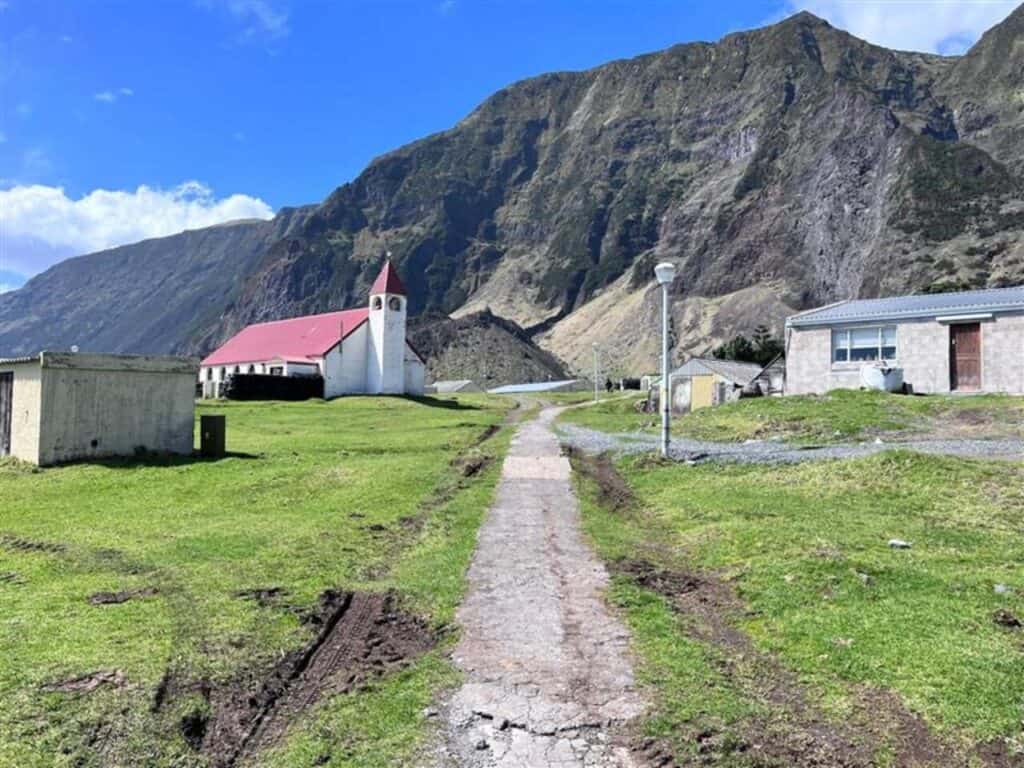
Known as the world’s most remote inhabited island, Tristan da Cunha lies about 1,500 miles from the nearest continent. It’s part of a volcanic group owned by the UK, and only a few hundred people live there. There are no hotels, only homestays. Internet is limited, and ships arrive maybe a dozen times a year. Life revolves around fishing, farming, and community proof that self-sufficiency can still define a culture.
5. Tetiaroa, French Polynesia
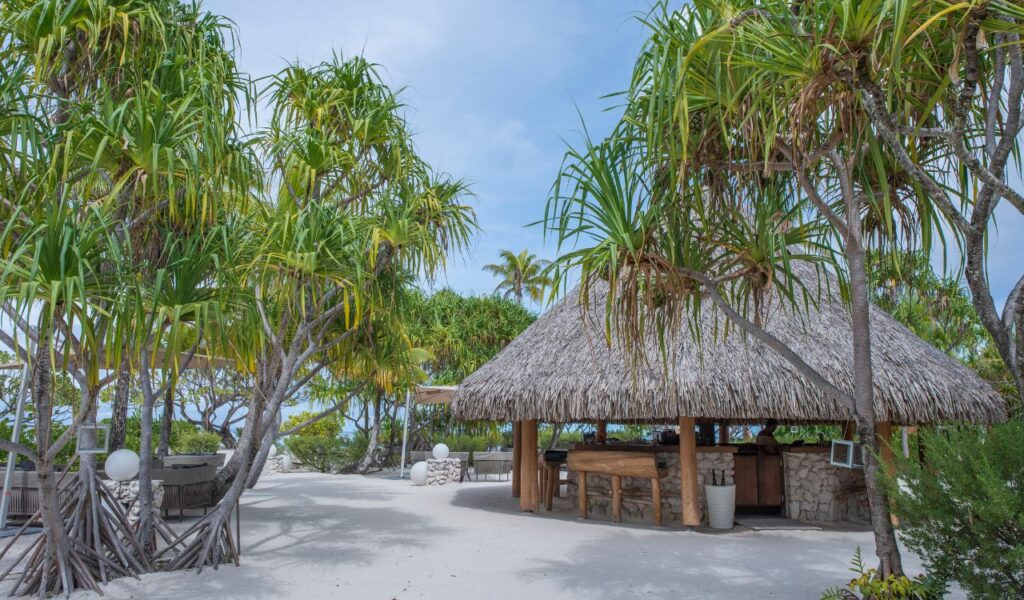
Once the private retreat of Tahitian royalty and later owned by Marlon Brando, Tetiaroa is a ring of small islets around a crystal-clear lagoon. Accessible only by private plane from Tahiti, it remains protected as a nature reserve. Sea turtles nest on its beaches, and coconut palms sway above coral gardens alive with color. It’s luxury and wilderness intertwined, showing how conservation and comfort can coexist.
6. Aldabra Atoll, Seychelles
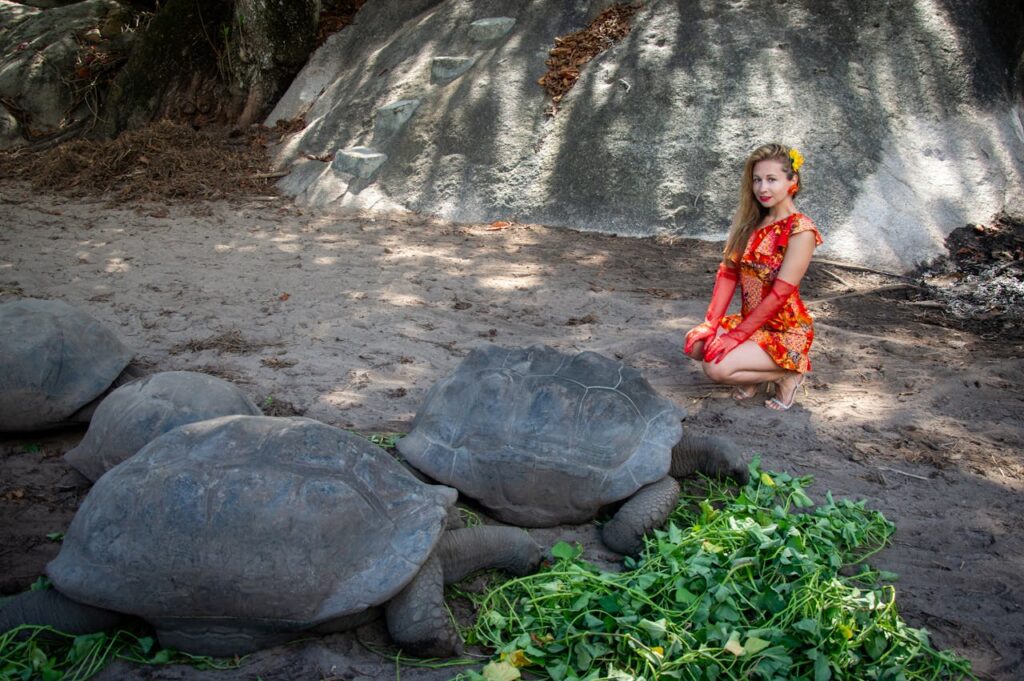
Aldabra is the world’s second-largest coral atoll and a UNESCO World Heritage Site. It’s home to around 150,000 giant tortoises more than anywhere else on Earth. Visitors are strictly limited to protect the ecosystem, and research scientists are the only permanent residents. The atoll’s remote beauty lies in its inaccessibility: turquoise channels, untouched reefs, and a rhythm of nature that hasn’t changed in centuries.
7. Easter Island (Rapa Nui), Chile
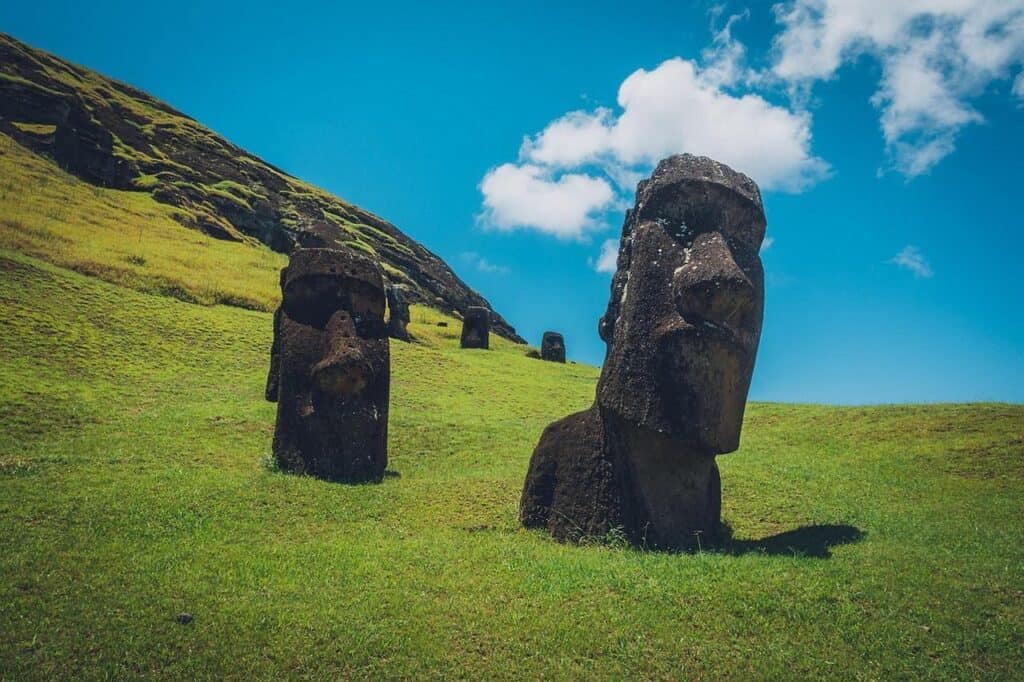
Famous for its massive stone statues called moai, Easter Island is both mysterious and magnetic. Located over 2,000 miles from the nearest continent, it’s one of the most remote inhabited islands on Earth. You can hike volcanic craters, explore ancient ceremonial sites, and feel the deep connection between the Rapa Nui people and their land. The isolation adds weight to its silence it’s a living museum surrounded by endless Pacific blue.
8. Faroe Islands, North Atlantic
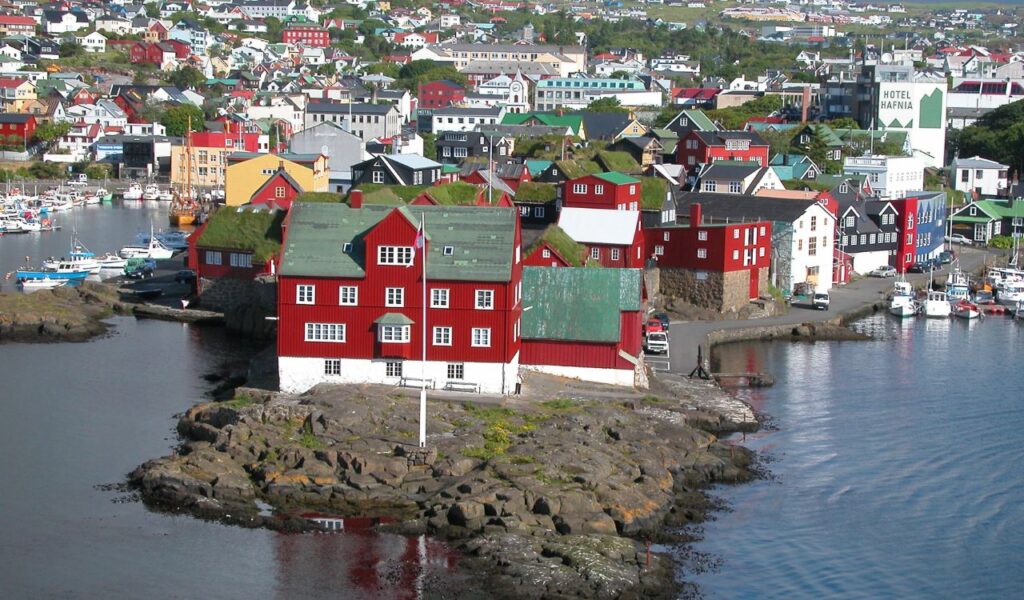
Between Iceland and Norway, the Faroe Islands are often shrouded in mist and mystery. Sheer cliffs drop into cold seas, and turf-roofed houses dot emerald valleys. Life here is shaped by weather and water—fishing, wool, and resilience. Though it’s connected by air to Europe, it still feels worlds away. The sense of isolation is matched by a rare stillness that makes every view feel earned.
9. Lord Howe Island, Australia
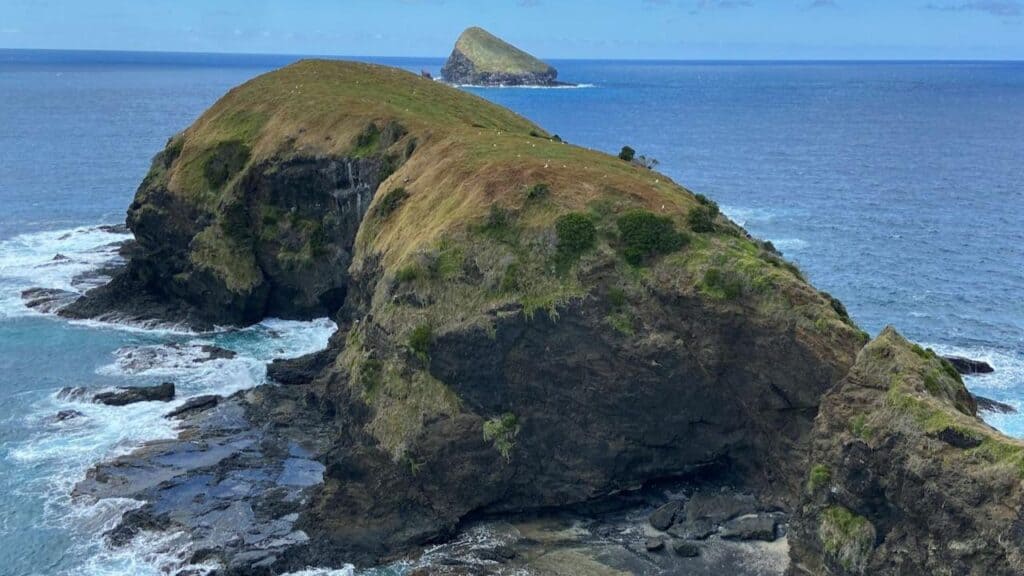
This tiny crescent-shaped island limits its visitors to just 400 at a time to protect its ecosystem. Its coral reef, one of the southernmost in the world, teems with marine life. You can climb Mount Gower, snorkel the lagoon, or cycle the quiet roads without ever feeling rushed. The island’s charm lies in its simplicity you arrive, you slow down, and suddenly life makes sense again.
10. Cocos (Keeling) Islands, Indian Ocean
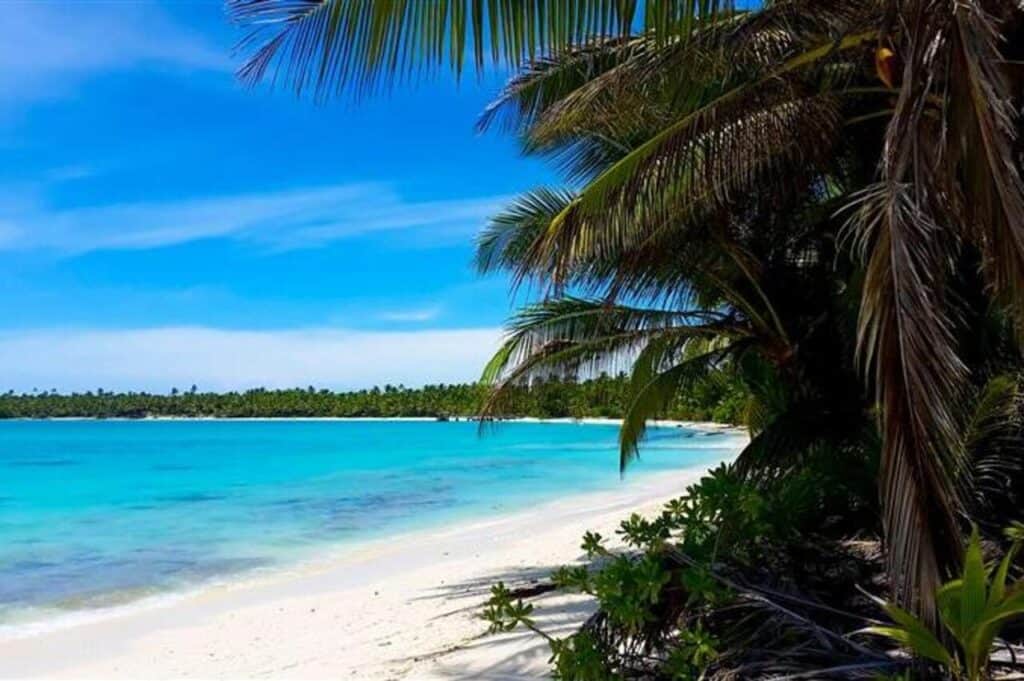
Part of Australia’s territory but closer to Indonesia, the Cocos Islands are an archipelago of coconut palms and lagoons that feel like a forgotten paradise. Life here is centered around the water: kitesurfing, fishing, or simply floating. Only a few hundred people live on the main islands, and the pace is easy. It’s the kind of place where you lose track of time and remember why silence matters.
11. Fernando de Noronha, Brazil
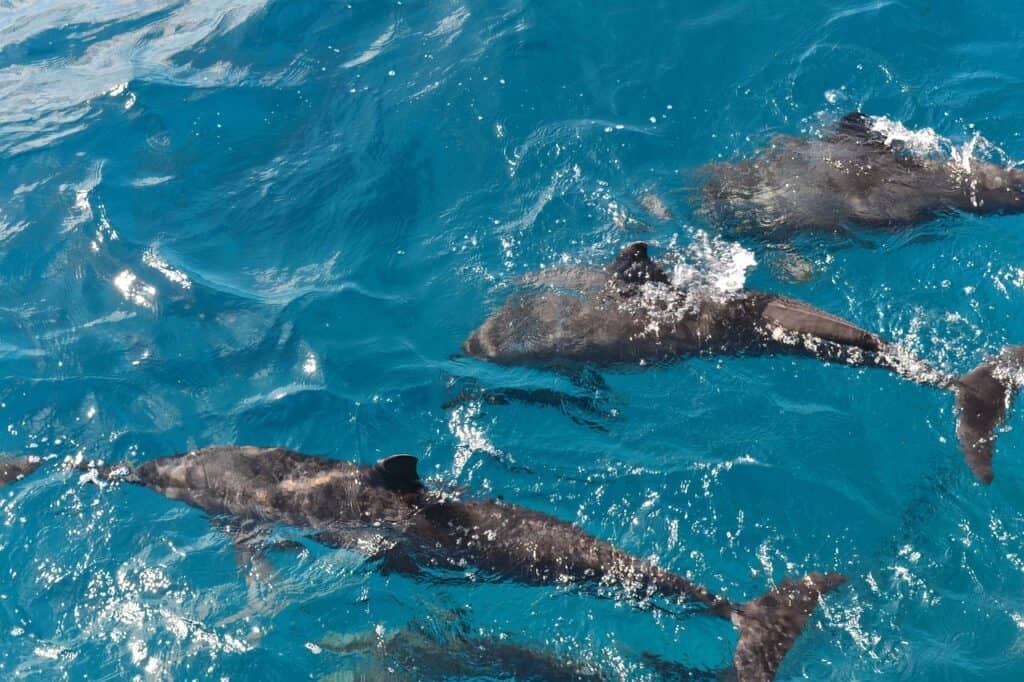
A volcanic archipelago off Brazil’s coast, Fernando de Noronha is known for its pristine beaches and limited tourism. Only a set number of visitors are allowed at a time, preserving its wild beauty. The water visibility is incredible ideal for diving among sea turtles, dolphins, and reef fish. Every sunset feels cinematic, every walk reminds you that true beauty often requires restraint.
12. Wrangel Island, Russia
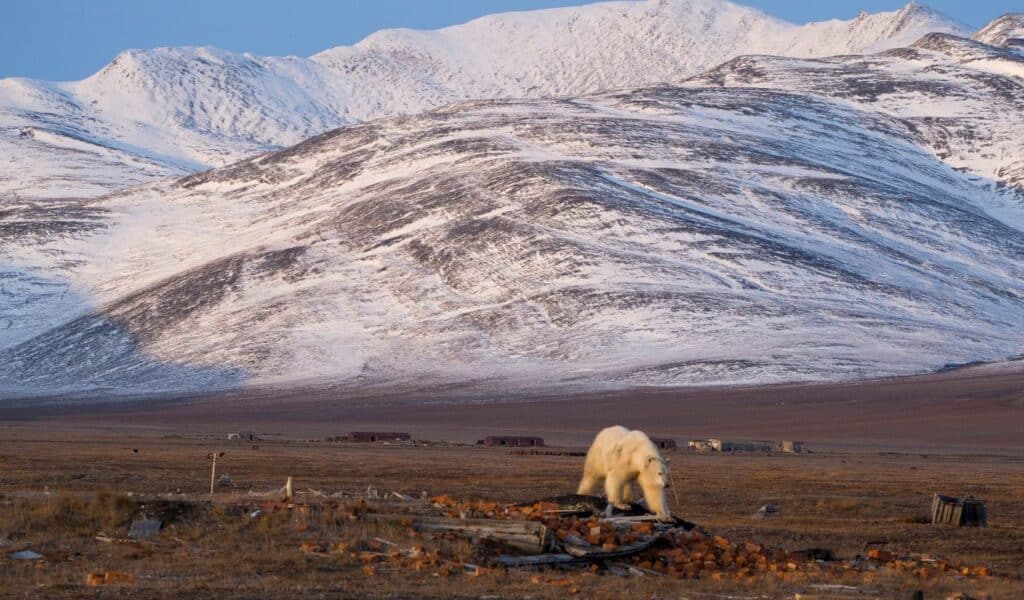
Above the Arctic Circle, Wrangel Island is one of the planet’s last true wildernesses. It’s a sanctuary for polar bears, walruses, and snowy owls, with no permanent residents. Access is restricted to guided expeditions in short Arctic summers. This isolation protects its ecosystems, making it a living time capsule of the Ice Age. Visiting feels like witnessing Earth before humans.
13. Palawan, Philippines
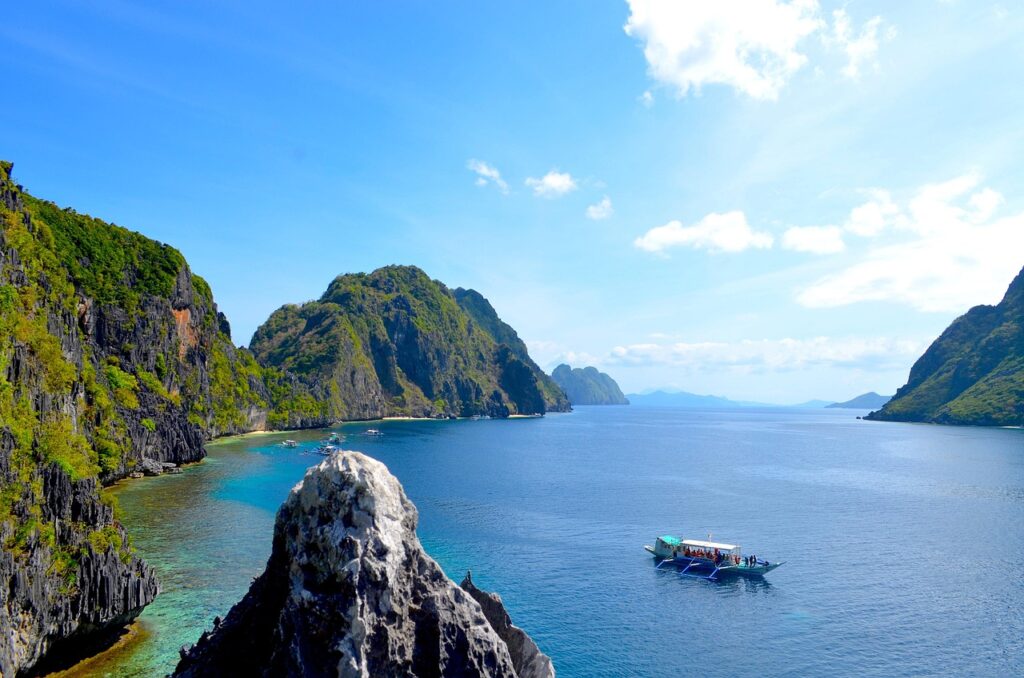
Palawan’s dramatic limestone cliffs, hidden lagoons, and turquoise bays make it one of Southeast Asia’s most stunning escapes. Despite growing popularity, many corners remain untouched especially in the Bacuit Archipelago and northern coves. Local conservation efforts keep tourism sustainable, ensuring that coral reefs and mangroves still thrive. You can kayak through caves or snorkel reefs that feel like secret worlds.
14. Komodo Islands, Indonesia
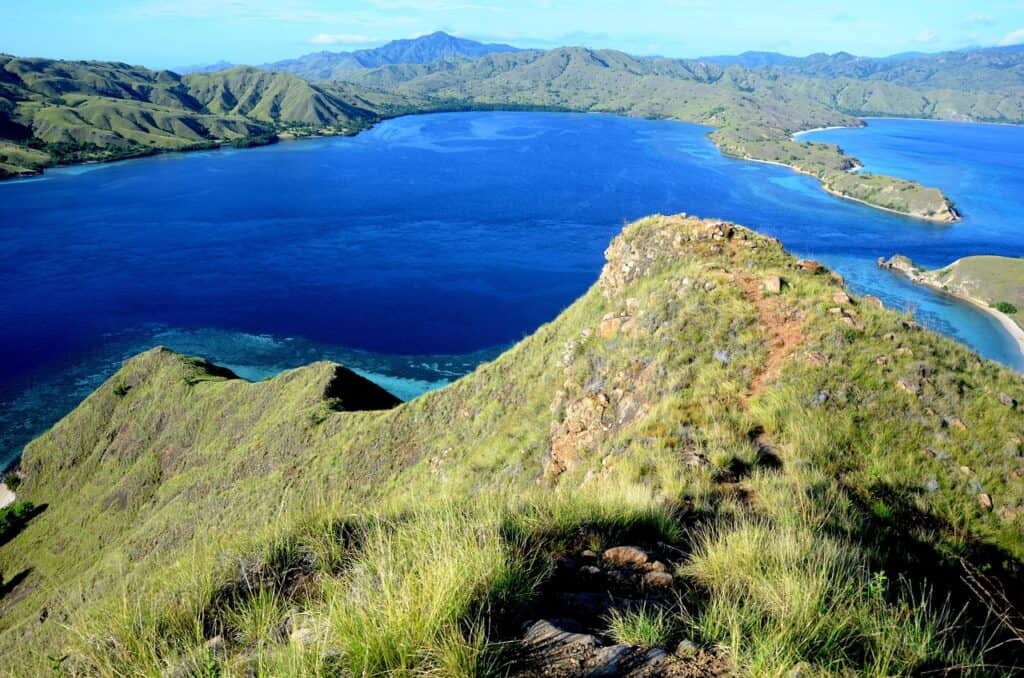
Best known for the famous Komodo dragons, these islands are rugged and raw. Beyond the wildlife, you’ll find coral reefs, pink sand beaches, and mountains that glow at sunset. Tourism is tightly controlled, and local guides help preserve both the environment and safety. Trekking here feels like stepping into a prehistoric world where nature is still in charge.
15. Jan Mayen, Norway
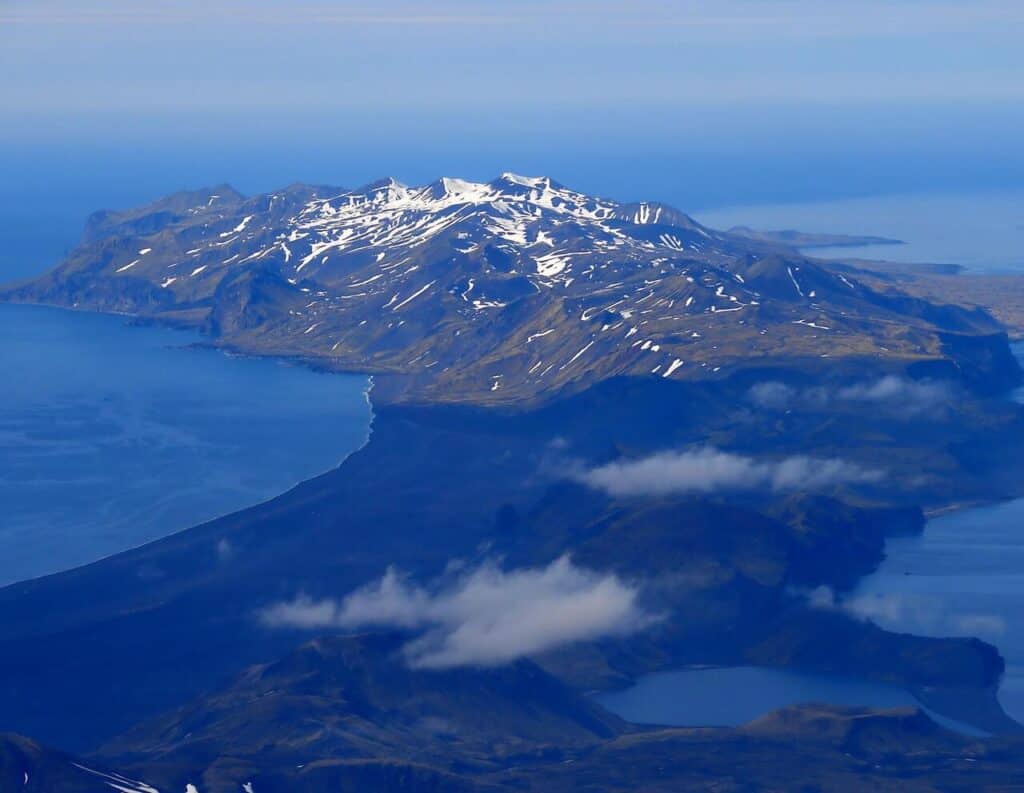
Few travelers ever reach Jan Mayen, a volcanic island between Iceland and Greenland. It’s home to one of the northernmost active volcanoes, Beerenberg, rising above glaciers that tumble into the sea. Only a handful of scientists and weather station staff live here. Visiting requires special permission, but those who make it see a world that feels like the edge of existence raw, silent, and breathtakingly empty.